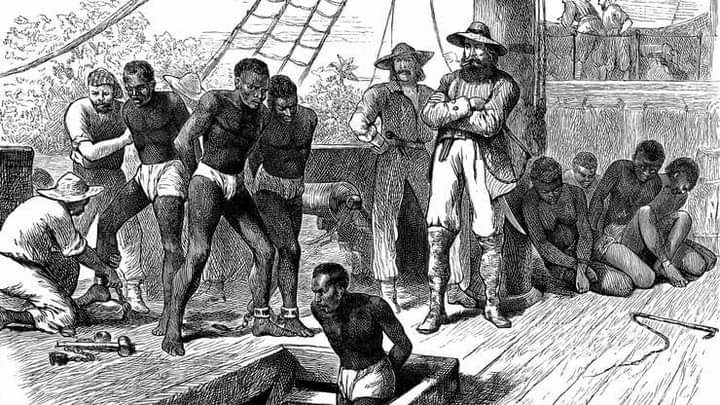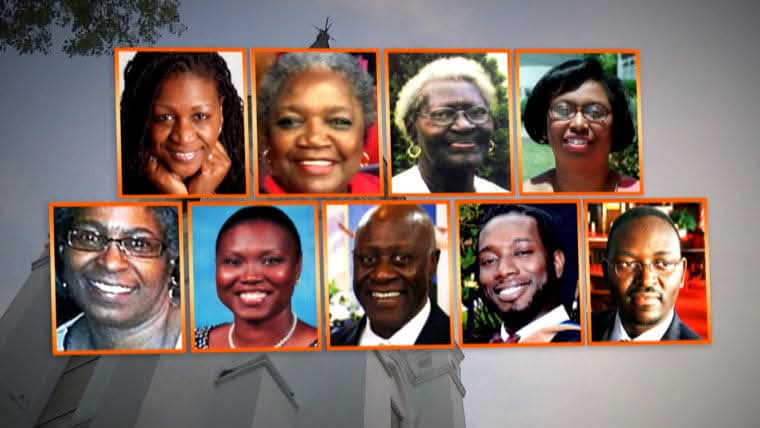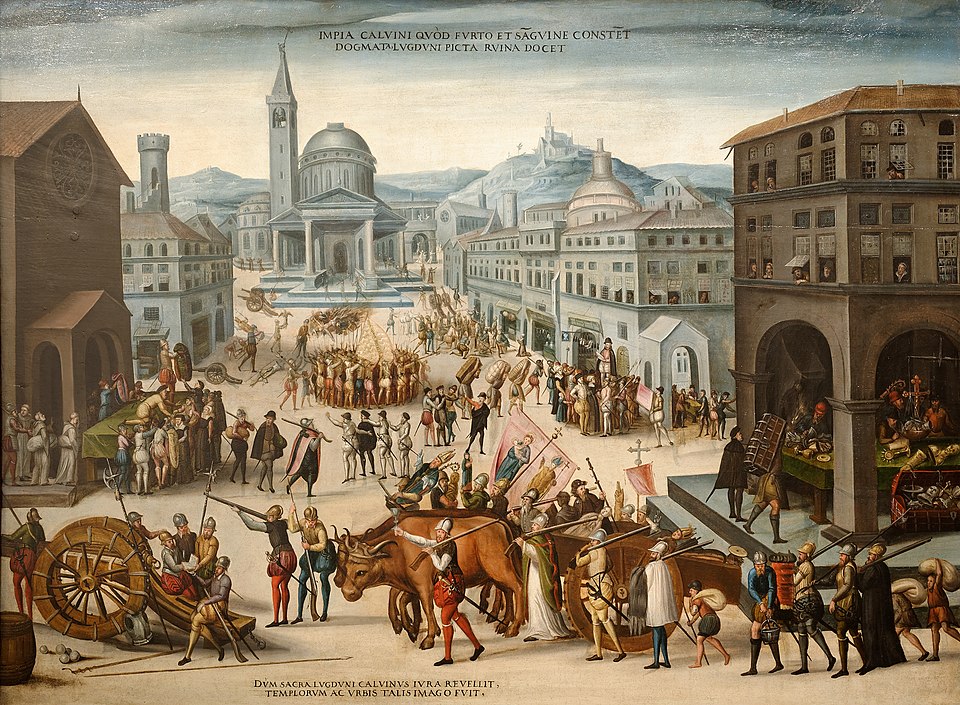THE ATLANTIC SLAVE TRADE: Over 400 Years of Shipping Africans as Slaves and Cargoes

Did you know that the Portuguese were the first to buy slaves from West Africa and transport them across the Atlantic in the 16th century and that Denmark was the first country to ban slave trade through legislation in 1792?
The Atlantic slave trade (also known as the transatlantic slave trade, or Euro-American slave trade) involved the transportation by slave traders of various enslaved African people, mainly to the Americas. The slave trade regularly used the triangular trade route and its Middle Passage, and existed from the 16th to the 19th centuries.
The majority of those who were enslaved and transported in the transatlantic slave trade were people from Central and West Africa that had been sold by other West Africans to Western European slave traders, while others had been captured directly by the slave traders in coastal raids.
Europeans gathered and imprisoned the enslaved at forts on the African coast and then brought them to the Americas. Except for the Portuguese, European slave traders generally did not participate in the raids because life expectancy for Europeans in sub-Saharan Africa was less than one year during the period of the slave trade (which was prior to the widespread availability of quinine as a treatment for malaria).
The South Atlantic and Caribbean economies were particularly dependent on labour for the production of sugarcane and other commodities. This was viewed as crucial by those Western European states which, in the late 17th and 18th centuries, were vying with one another to create overseas empires.
The Portuguese, in the 16th century, were the first to buy slaves from West African slavers and transport them across the Atlantic. In 1526, they completed the first transatlantic slave voyage to Brazil, and other Europeans soon followed. Shipowners regarded the slaves as cargo to be transported to the Americas as quickly and cheaply as possible, there to be sold to work on coffee, tobacco, cocoa, sugar, and cotton plantations, gold and silver mines, rice fields, the construction industry, cutting timber for ships, as skilled labour, and as domestic servants.
The first Africans kidnapped to the English colonies were classified as indentured servants, with legal standing similar to that of contract-based workers coming from Britain and Ireland. However, by the middle of the 17th century, slavery had hardened as a racial caste, with African slaves and their future offspring being legally the property of their owners, as children born to slave mothers were also slaves (partus sequitur ventrem). As property, the people were considered merchandise or units of labour, and were sold at markets with other goods and services.
The major Atlantic slave-trading nations, ordered by trade volume, were the Portuguese, the British, the Spanish, the French, the Dutch, and the Danish. Several had established outposts on the African coast where they purchased slaves from local African leaders. These slaves were managed by a factor, who was established on or near the coast to expedite the shipping of slaves to the New World. Slaves were imprisoned in a factory while awaiting shipment.
Current estimates are that about 12 million to 12.8 million Africans were shipped across the Atlantic over a span of 400 years. The number purchased by the traders was considerably higher, as the passage had a high death rate with approximately 1.2–2.4 million dying during the voyage and millions more in seasoning camps in the Caribbean after arrival in the New World. Millions of people also died as a result of slave raids, wars, and during transport to the coast for sale to European slave traders.
In Britain, America, Portugal and in parts of Europe, opposition developed against the slave trade. In Britain and America, opposition to the trade was led by members of the Religious Society of Friends (Quakers), Thomas Clarkson and establishment Evangelicals such as William Wilberforce in Parliament. Many people joined the movement and they began to protest against the trade, but they were opposed by the owners of the colonial holdings.
Following Lord Mansfield's decision in 1772, many abolitionists and slave-holders believed that slaves became free upon entering the British isles. However, in reality slavery continued in Britain right up to abolition in the 1830s. The Mansfield ruling on Somerset v Stewart only decreed that a slave could not be transported out of England against his will.
Under the leadership of Thomas Jefferson, the new state of Virginia in 1778 became the first state and one of the first jurisdictions anywhere to stop the importation of slaves for sale; it made it a crime for traders to bring in slaves from out of state or from overseas for sale; migrants from within the United States were allowed to bring their own slaves. The new law freed all slaves brought in illegally after its passage and imposed heavy fines on violators. All the other states in the United States followed suit, although South Carolina reopened its slave trade in 1803.
Denmark, which had been active in the slave trade, was the first country to ban the trade through legislation in 1792, which took effect in 1803. Britain banned the slave trade in 1807, imposing stiff fines for any slave found aboard a British ship (see Slave Trade Act 1807). The Royal Navy moved to stop other nations from continuing the slave trade and declared that slaving was equal to piracy and was punishable by death.
The United States Congress passed the Slave Trade Act of 1794, which prohibited the building or outfitting of ships in the U.S. for use in the slave trade. The U.S. Constitution barred a federal prohibition on importing slaves for 20 years; at that time the Act Prohibiting Importation of Slaves prohibited imports on the first day the Constitution permitted: January 1, 1808.
In the early 21st century, several governments issued apologies for the transatlantic slave trade.
Source: WikipediaI | mage: Britannica
#penglobalhistory #slavetrade



